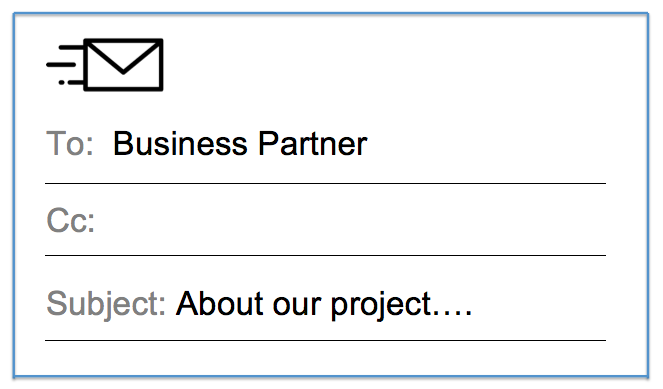Last week, I had the distinct displeasure of having a potential business partner break up with me by email. We had been exploring a future venture that seemed be a win-win for both parties, had met twice for a significant amount of time, agreed to a plan and timeline for our first project delivery and assigned tasks. In my mind, we were in business. Both sides were excited and seemed committed.
Immediately after our second meeting, as my team was busy generating content for the marketing packet, the phone pinged with an email from this potential partner. He was sorry but was bailing on the concept. He gave a tepid excuse about working on his other business plans instead of our joint project.
We were left perplexed – mouths open and heads shaking. WTF? What happened? Did we do something? Did we misread intent? There was such a huge disconnect between this email bomb and his enthusiastic words and actions just 45 minutes earlier.
Did he get cold feet? Did he get a better opportunity? Who knows. The email didn’t give enough clues, but left a stinging impression on us—we got dumped. In this experience are lessons for everyone who relies on digital communication.
Just as a romantic relationship should not end by text or email, the same principles apply in business. Clearly certain conversations require face-to-face meetings, or phone calls at the very least. Any kind of relationship termination – with an employee, a business partner or a supplier deserves more than an email or text. So does communicating with job candidates who don’t make it through the final rounds. And so does nearly all professional performance feedback. The list goes on. While texts and emails provide a convenient avoidance of discomfort while getting a tough message across, when you mismatch the communication medium with the situation, you risk everything!
First, in the case of bad news, the recipient assumes the worse. Is it you or me? Since digital communication does not provide emotional cues or show empathy, the result is unnecessary confusion and anxiety.
Second, it’s hurtful. After the initial confusion, the almost immediate reaction is a sense of pain. It feels like the other party has been disingenuous. It feels rude.
And third, there’s the aftermath. Delivering bad news via text or email can cast a heavy shadow on and an indelible memory of that person’s professionalism, and potentially, their integrity.
In business, we are increasingly inclined to write to rather than talk with each other. And this tendency is even more pronounced in people who have grown up digital. The fear and awkwardness may be uncomfortable in the short run, but in the long run delivering bad news face to face is more honorable and respectful. Good news travels fast but bad news travels faster. Perhaps a corollary to this maxim in the digital age is that good news can be spread by multiple media but bad news should be delivered the old-fashioned way – face to face.
Reviewing your own leadership journey, can you share any similar experiences or can you offer alternatives? Please share your input.

